|
Spring is here! We've got sprouts sprouting and greens greening up! Here's a snapshot of what's growing these days.
0 Comments
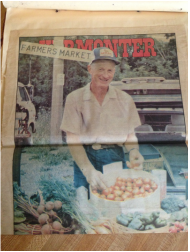 Our farmhouse was built in 1791, and the odds are good that the land we're currently farming has been in some sort of continuous production for at least that long. There's a story that the north wall of the house is extra thick to withstand arrowheads from marauding local tribes (though no explanation as to why they wouldn't have just gone round to the south wall). Jeremy recently was given a scrapbook of the farmers' market from a former market vendor. We were tickled to see that the first item was a newspaper article from 1979 featuring Alan Monroe, at that time the president of the market association, and at that time growing for the market on the land that we now farm. Alan and his wife Frances grew vegetables and raised beef cows (and their family) here for decades. By all accounts, they were community leaders - there's a building at the Addison County Field Days named after Fran, who was also a 4-H leader and filled a few roles in Leicester's town offices. Before the Monroes, the farm had been a dairy (the foundation of the silo still sits near our greenhouse, and the old milkhouse is our current wash station). Before that? Harder to say, though sheep is a good guess. A few stones from an old chimney lie in the tangle of brush where our woods start, near a 50-foot-tall apple tree with shockingly good fruit. As we make our mark on this land - tilling the fields, digging a pond, building greenhouses - it's good to think about the folks who came before us, who cleared the trees and built the house we live in. We may be first generation farmers, but this land has a lot of experience to share. The main growing season is almost over. The final CSA pick-up and the last outdoor market are both next week! This has been a really good season for us, on the whole - plenty of challenges, a few disappointments, but mostly good growth all around. We employed more people, worked more land, grew and sell more food than any previous year. We were excited to expand our CSA to include workplace delivery, and that program seems to have been a success.
We also expanded our understanding of this piece of land - where the wet spots and cold spots are, where the deer and woodchucks live, where the soil is more rocky or more sandy. It's been a season of good learning and good work. The summer may be over, but we're not quitting yet! The Winter CSA starts November 5, the market moves indoors to Mary Hogan School starting on the 2nd, and we've got crops in the ground and in the greenhouse that we intend to keep harvesting through December. (Plus multiple tons of storage vegetables nearly all cleaned, sorted, and stored.) So, thanks to all our amazing customers - CSA members, farmstand regulars, co-op produce buyers - for making this trip with us! We're looking forward to seeing you this week, and next week - and hopefully, well into the winter. (And while we're talking about it, the Winter CSA is filling up fast - let us know soon if you want in!) 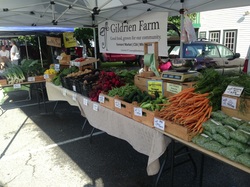 Our general business philosophy has been one of slow but steady growth - we have known too many farmers (and other entrepreneurs) who take on too much, too fast and end up over their heads in work and debt. So we've tried to match our growth with our capacity and the market, trying to know where we will sell everything we plant and how we will take care of it. That said, we also have grown to match our excitement and ambition. Last year we had about an acre and a half in cultivation; this year we're close to five. That was made possible in large part by investment in cultivation equipment and an increase in employees (from one full time to one full time and two part time). We've more than doubled our CSA over last year and expanded our market space from ten feet to twenty. Now we're coming up against new logistical constraints: last week our market van was packed absolutely to the gills, the cooler is likewise stuffed, and we've got thousands of pounds of winter squash, potatoes, and other fall harvest waiting to come in. The wash station that served us well in the past has become crowded with three or four people working on harvest day. CSA pickup is likewise cramped if more than a couple people show up at once. Watering one acre by hand (or truck) is laborious but feasible; five acres is too much. These are all good problems to have! Jeremy has spent a fair amount of time in the past few weeks scouring Craigslist and other websites for used coolers, cleaning out and organizing a big barn that had been storage for planting flats and unused equipment, and talking with various agencies and contractors about digging an irrigation pond. He's found a big three-section cooler from a gone-out-of-business restaurant in Brooklyn that we're planning to put in the barn, which we'll plumb and use as a new wash station and CSA pick-up location. The three-section cooler will allow for vegetables to be kept at their ideal temperatures (broccoli, beets, greens, onions, and carrots at 35 degrees, potatoes at 40 degrees, tomatoes, eggplant, and winter squash at 55). It's exciting to be growing our business, to see the reward of our hard work in a beautiful market stand and the appreciative comments of CSA members. We're proud to be a part of a larger movement that values local, organic, healthy food and vibrant communities. We're proud, too, to be preserving and improving this land, creating decent employment for people in our community, and doing work we love. We do love it, even in August, even in the rain and the bugs, even when the days are long and the fields are weedy. Every year we get better at it, and every year it gets better. I think that's a good measure for sustainable growth. We were glad to get a bit of sun and warmth over the weekend, but the combination of hot and humid with torrential downpour has had us playing a tedious game of tag with the greenhouse, which has sides that roll up to let heat out. We don't want the tomatoes to get wet, so when it rains we run over to close the sides and doors. (Tag!) But we don't want it to be too hot or humid in there, because that can stress the plants and cause disease. So when the sun comes out, we run over and open it all up. (Tag!) I think we must've done that a dozen times yesterday as storms swept through.
The strange weather has also made it hard to judge when crops will be coming ready - two weeks ago we had several little zucchinis, which generally indicates lots of imminent giant zucchinis, but they've mostly just stayed little. However, the peas are still cranking out peas, and everything is coming along, if slowly. We continue to be grateful for our good, sandy soil - we spent years looking for a farm and "not clay soil" was one of our major criteria. This season is making us glad that we held out for this great piece of land. Even still, some big downpours have caused washouts in a few places in the field, and one spot that's usually a bit wet now has a little running stream. Jeremy took the tractor through with the plow attached and dug a ditch to give the water somewhere to go; hopefully that'll help it drain out of the rest of the field. We know farms that have really flooded in the rain, so despite the frustration, we're glad to just be suffering from slow growth, muddy boots, and big weeds. We had our first expansion into significant winter sales last year, with promising results; this year we're planning to produce much more for the cold cellar and the pantry shelf. One new crop to that end is the sweet potato. We grew them several years ago, when we were farming a piece of leased land with a particularly tough plow-pan, which is the layer of compacted soil that develops just below the reach of the plow - or the tiller, in this case, as we didn't have any large equipment at that point and our primary cultivation tool was a rototiller. So about six inches down it was hard as cement. The sweets actually grew through that, but our root digger couldn't get into it, and when we harvested them many got sliced right in half. In addition to which, some vole or mole or rat or something had discovered them before we dug them up and taken a few bites out of almost every one.
So that was a disappointment, and we didn't try them again for a while. But we love them, and know that they'd be a good addition to a winter market stand, so this year we vowed to try again. Sweet potatoes are typically planted from what's called a "slip," which is essentially a little seedling, except it sprouts off an old sweet potato rather than from a seed. We ordered ours from a reputable organic supplier in North Carolina with three-day shipping, but an unhappy coincidence of delays meant that they arrived after five days instead of three, and we weren't able to plant them until the day after we got them. They were sorry looking little sprouts, indeed, but we thought we'd give them a shot. Well, the short story is that they didn't make it. But, undaunted, we decided to give it another try, this time with guaranteed two-day shipping. The slips arrived in good shape, and our two employees were kind enough to agree to come back to the farm after their dinners, when it was cool, to help us plant them out. With the four of us (plus the help of our toddler, whose job was to pull out the poor little dead stems of the first round), we got all six hundred feet re-planted. As there was no rain forecast in the next day, we covered the plants with shade cloth to prevent their drying out. It was a tense little while - our soil is stellar at holding moisture, but a baby plant can only take so much sun, and to water them by hand would be an effort we hoped to avoid. But the rain did come, and they seem to be thriving. It's too early to bet on rodents, but we've got better soil, better harvesting equipment, and a lot more experience now; with luck, we'll have sweet potatoes for the end of CSA and well into the winter market.  Thanks to FarmPlate for including us in their Young Farmers Profile Series! FarmPlate is a fun way to explore local food networks - check it out if you haven't already, and check out the other farmers in the series. There's a lot of inspiring farming being done out there, and we're excited and honored to be a part of it! If you're here for the first time from that article, welcome! Please feel free to join us on Facebook to see all our latest news and photos - it's a much easier way for us to make updates from the field, so we're much more likely to actually make updates there. Thanks! |
Follow us on Facebook for more updates! Archives
March 2016
Categories
All
|

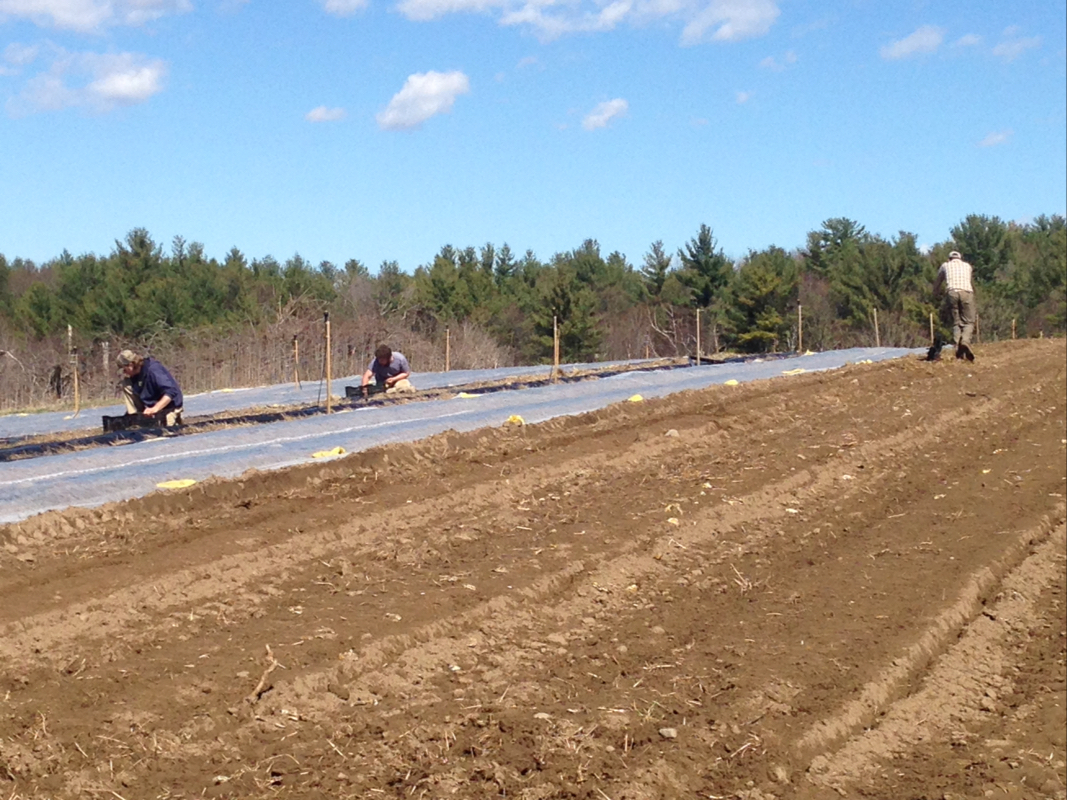
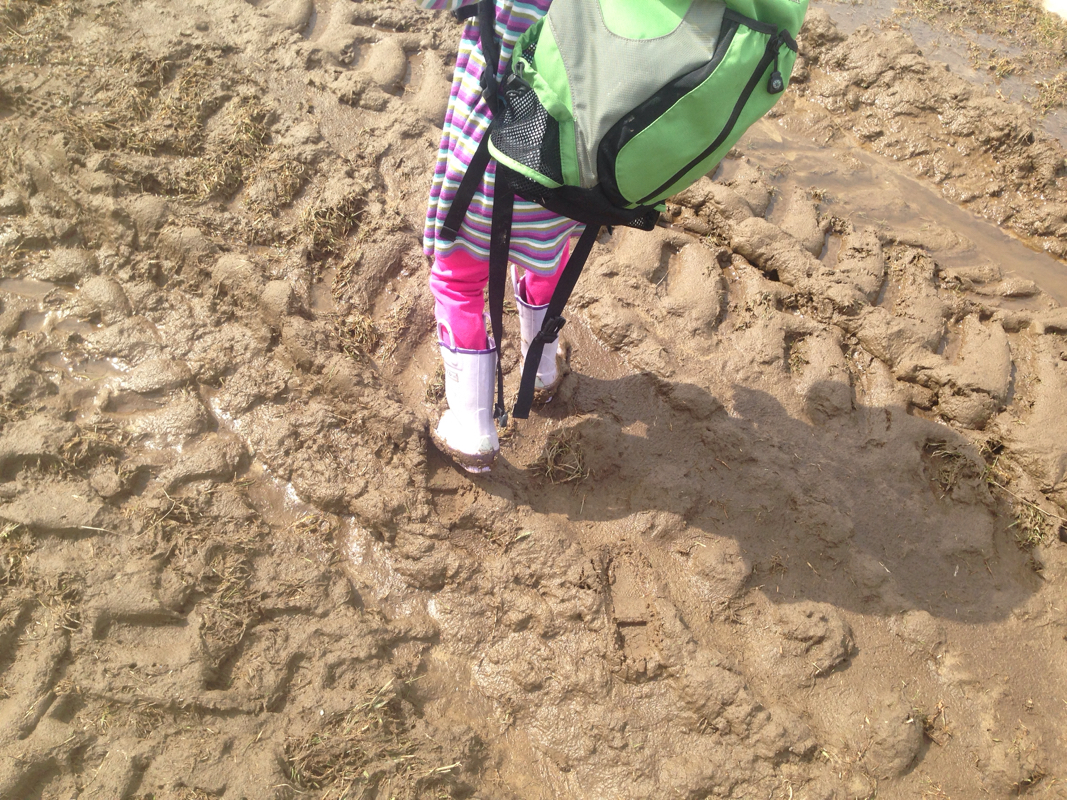
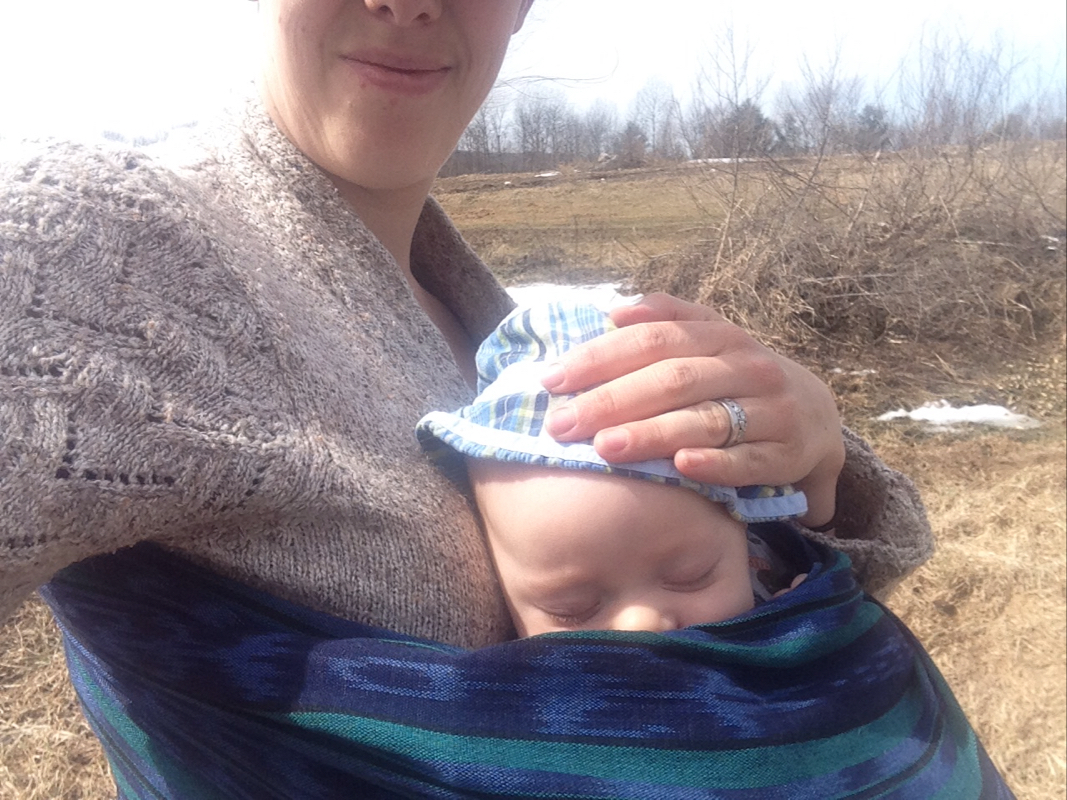
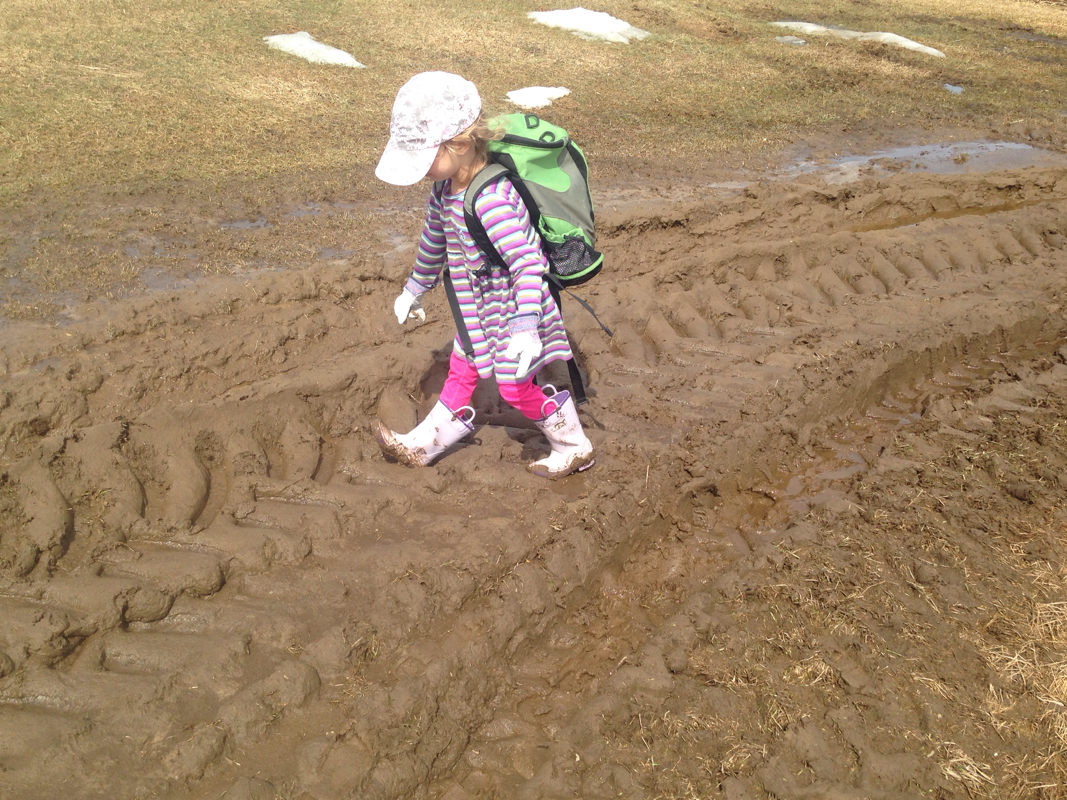
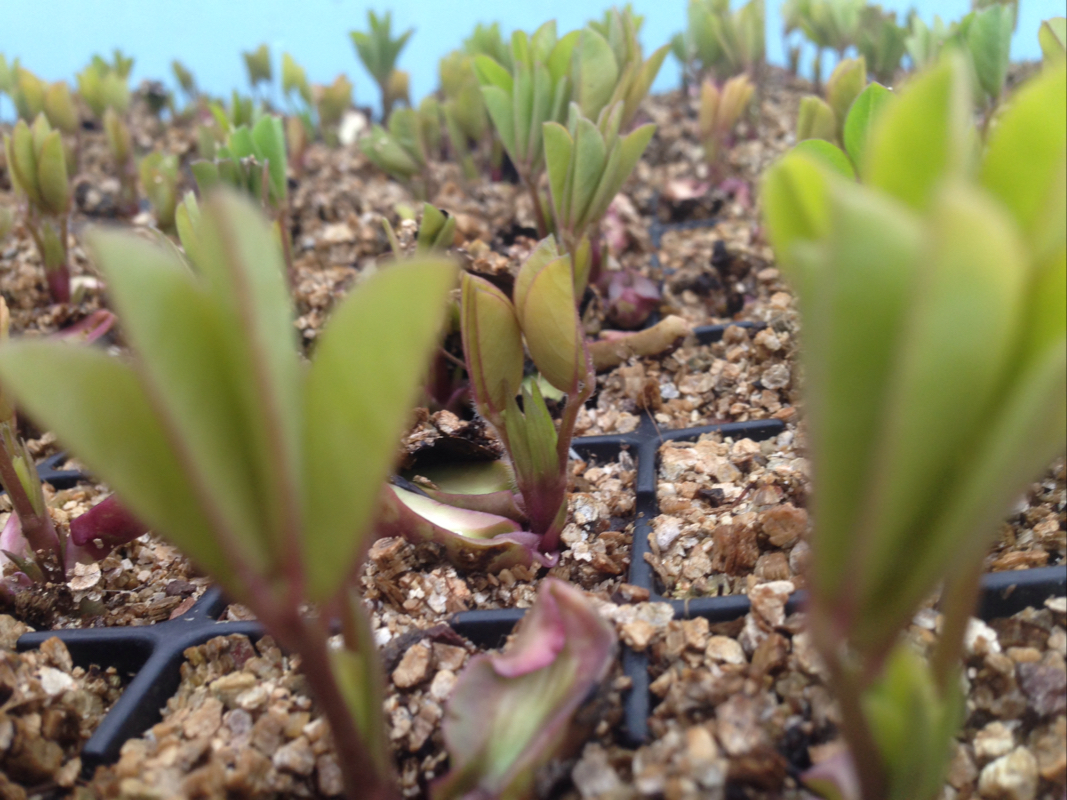
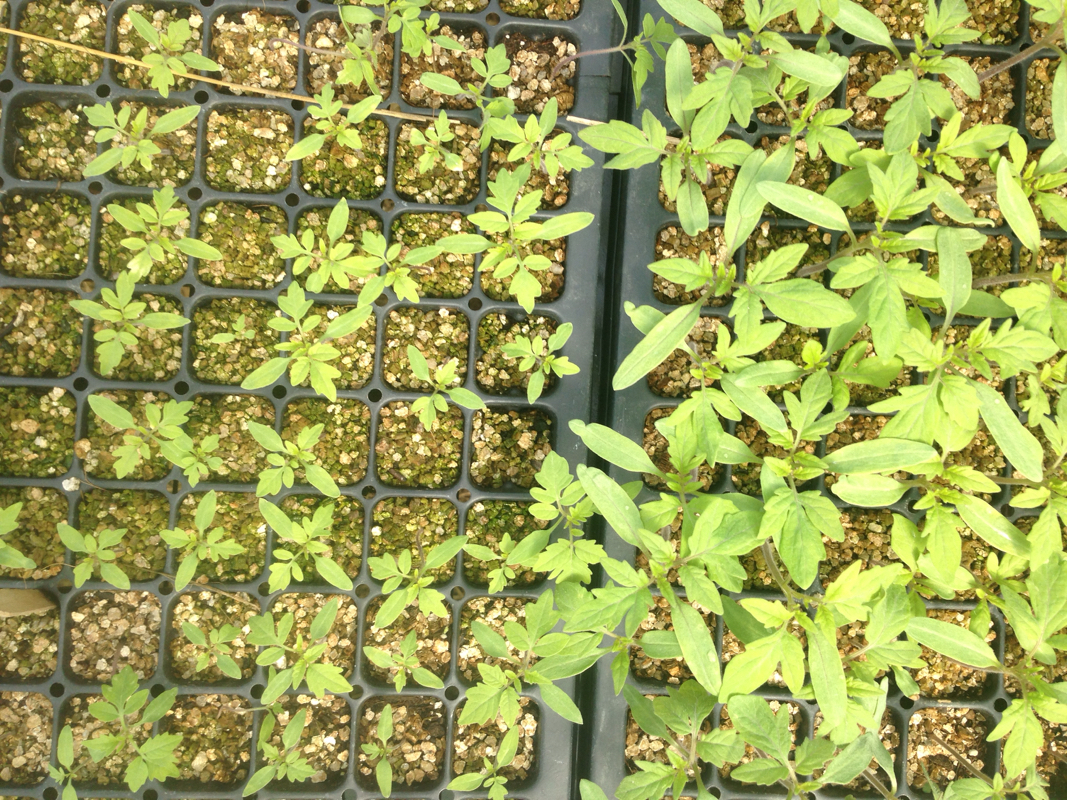
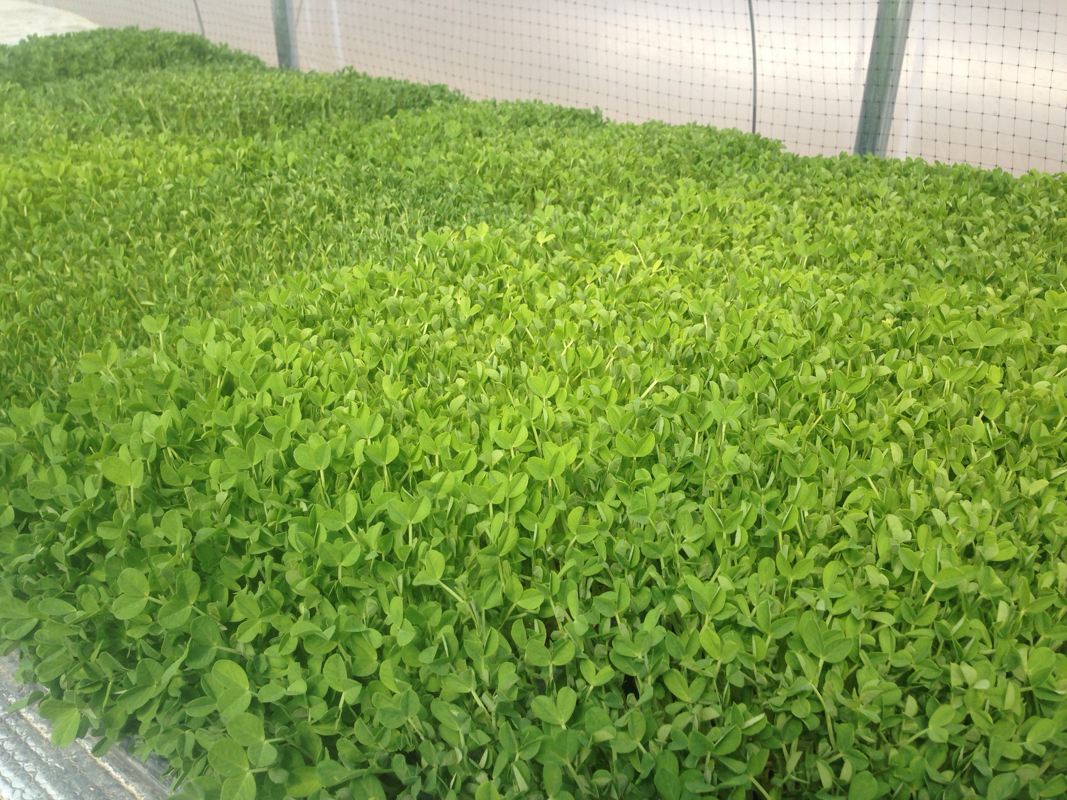
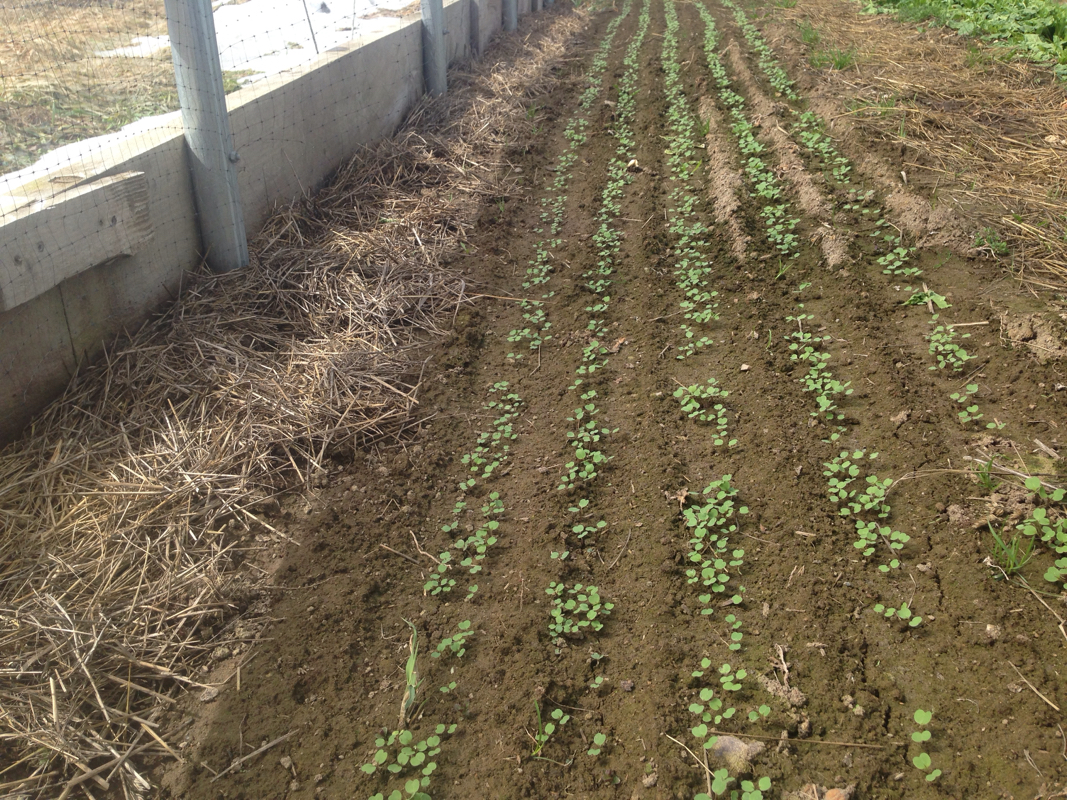

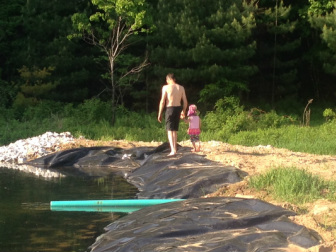




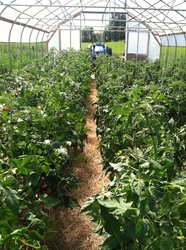
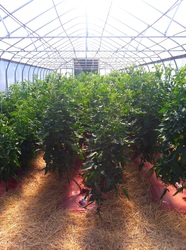
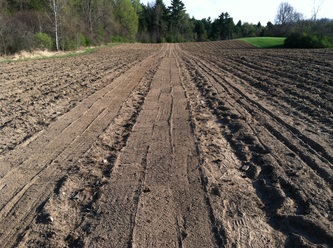
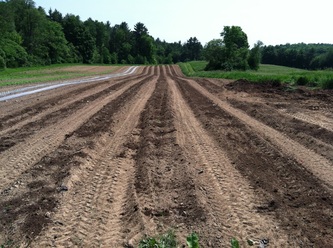
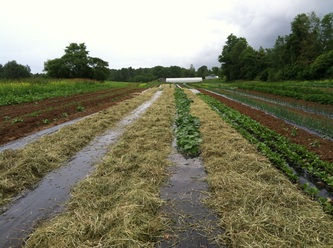

 RSS Feed
RSS Feed
